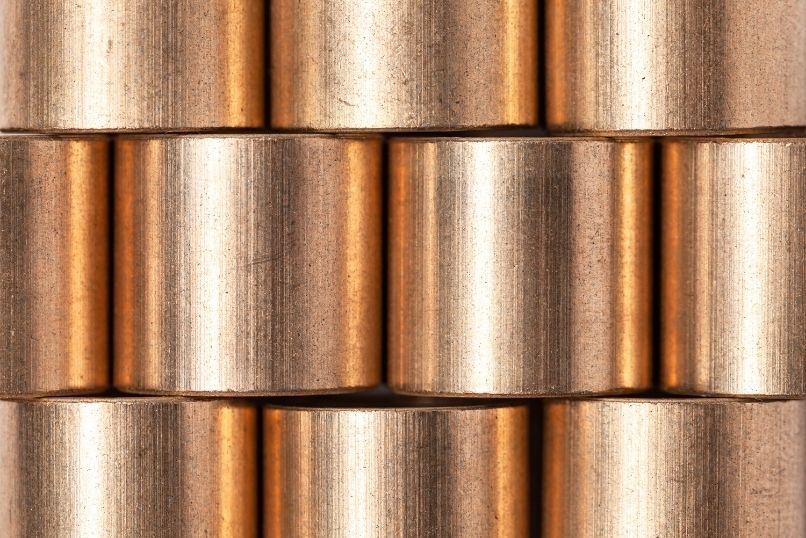Building spectacular bridges, buildings, and other structures requires strong, heavy-duty metals. Architects and engineers choose different metals and materials depending on the project, but they use some more than others. Here are some of the common metals in the construction industry.
Stainless Steel
Stainless steel is not only extremely tough and durable, but it’s also affordable. Due to its high corrosion resistance and aesthetically pleasing appearance, professionals use this metal for buildings, bridges, stairways, and even decorations. Additionally, stainless steel is sustainable, meaning that professionals can reuse and repurpose it for other applications.
Aluminum
Although aluminum isn’t the strongest metal, it’s one of the lightest. It also has a multitude of other beneficial properties, including high corrosion resistance, low weight, and electrical conductivity. While these benefits are certainly helpful, the main reason why architects and others in the construction industry enjoy working with aluminum is because of its flexibility. Aluminum is an incredibly durable and flexible material, allowing architects to open their imaginations and build their creative designs safely.
Bronze
Due to its weather-resistant properties, durability, and gorgeous golden-brown sheen, bronze is a popular metal in construction. It’s also sustainable, anti-microbial, non-magnetic, and cost-effective. If you’re currently searching for bronze cast manufacturers, give us a call at Diversified Metals. We’ll be happy to help you find the metal alloys and materials you require for your projects.
Titanium
The last alloy on our list of common metals in the construction industry is titanium. While many people know that titanium is one of the sturdiest metals, they don’t know that it’s also resistant to corrosion, hypoallergenic, and can withstand extreme temperatures. Additionally, titanium is low in weight, making it perfect for durable structures that don’t require heavy materials. Even though titanium is immensely strong, it’s also flexible. That property allows architects to build unique designs that can withstand wear and last for many years.

